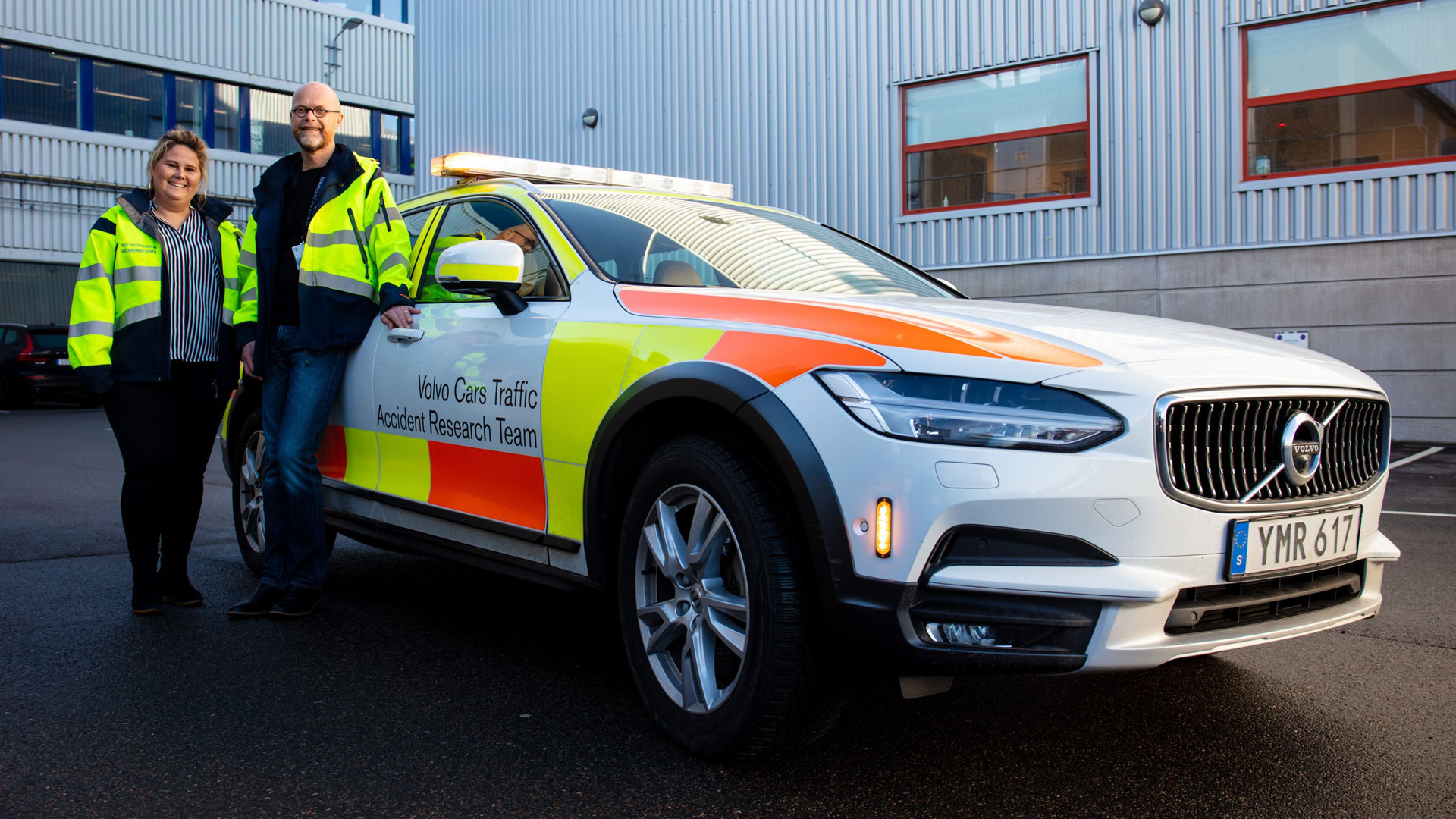
It’s been a busy month for Volvo. Having announced that it will be installing in-car cameras and sensors to monitor drivers, the company also said it would be sharing 60 years of safety knowledge. Because sharing is caring.
The announcement was made on the 60th anniversary of the three-point safety belt – one of Volvo’s gifts to the automotive world – which it says has saved more than a million lives globally.
In launching Project E.V.A. – that’s ‘Equal Vehicles for All’ – Volvo says it intends to share 60 years of safety research to make motoring safer for everyone.
“We have data on tens of thousands of real-life accidents, to help ensure our cars are as safe as they can be for what happens in real traffic,” said Lotta Jakobsson, professor and senior technical specialist at the Volvo Cars Safety Centre.
“This means our cars are developed with the aim to protect all people, regardless of gender, height, shape or weight, beyond the ‘average person’ represented by crash test dummies.”

Volvo’s accident research team has been collecting data since the 1970s to better understand what happens during a collision. The team has gathered and analysed data from more than 40,000 cars and 70,000 passengers, which has led to the development of many of the safety systems we take for granted.
For example, Volvo discovered that women are at higher risk of whiplash than men. This influenced the design of Volvo’s Whiplash Protection System (WHIPS), which combines a robust head restraint with a clever seat design to protect the head and spine. Crucially, there’s no longer a difference in whiplash risk between men and women.
Volvo even developed the world’s first average-sized pregnant crash test dummy to study how the occupant moves and how the safety belt and airbag affect the woman and foetus. Safety isn’t sexy, but you could lose a couple of hours discovering how much Volvo has done to improve road safety.
As Volvo’s co-founder Gustaf Larson once said: “Cars are driven by people. The guiding principle behind everything we make at Volvo therefore is, and must remain, safety,”